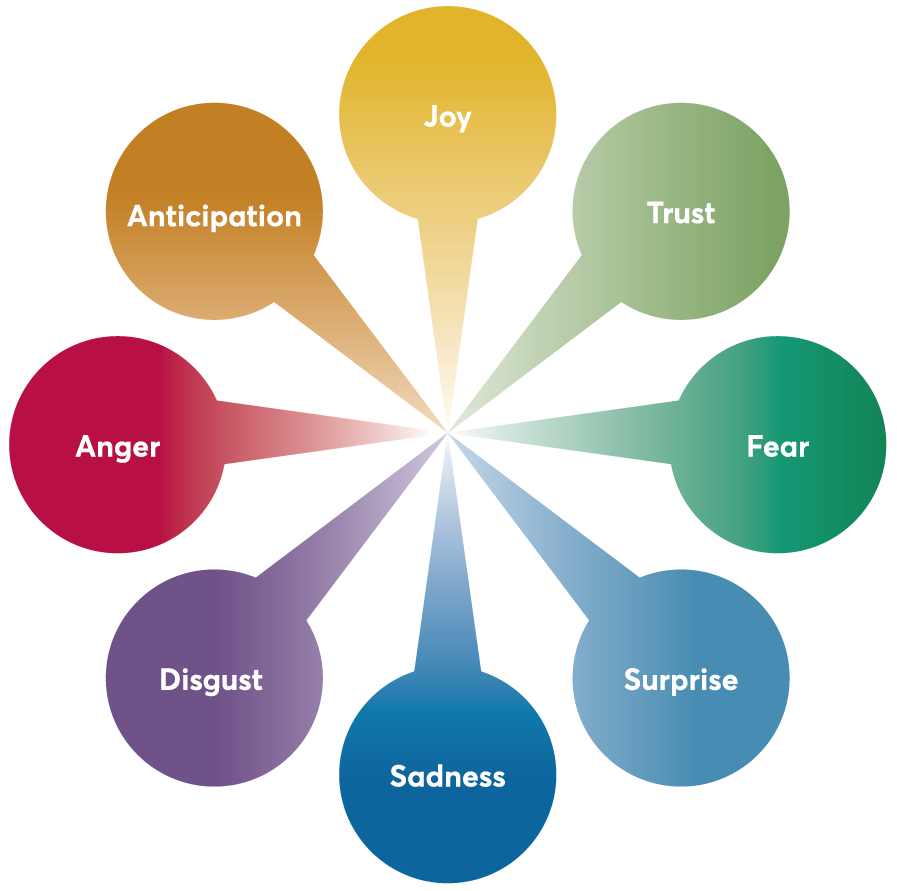

Our emotional states are combinations of physiological arousal, psychological appraisal, and subjective experiences. This section closes with a discussion of the ubiquitous nature of facial expressions of emotion and our abilities to recognize those expressions in others. This section will outline some of the most well-known theories explaining our emotional experience and provide insight into the biological bases of emotion. We might feel angry when we are betrayed, fear when we are threatened, and surprised when something unexpected happens. We can be at the heights of joy or in the depths of despair or. (credit a: modification of work by Kerry Ceszyk credit b: modification of work by Kerry Ceszyk) Toddlers can cycle through emotions quickly, being (a) extremely happy one moment and (b) extremely sad the next.

Here we will focus on emotion, and you will learn more about mood in the chapter that covers psychological disorders. Mood states may not be consciously recognized and do not carry the intentionality that is associated with emotion (Beedie, Terry, Lane, & Devonport, 2011). Mood, on the other hand, refers to a prolonged, less intense, affective state that does not occur in response to something we experience.

Emotions are often thought to be consciously experienced and intentional. Typically, the word emotion indicates a subjective, affective state that is relatively intense and that occurs in response to something we experience (Figure 1). The words emotion and mood are sometimes used interchangeably, but psychologists use these words to refer to two different things. An emotion is a subjective state of being that we often describe as our feelings. Compare and contrast the the Cannon-Bard, James-Lange, Schachter-Singer two-factor, and other theories of emotionĪs we move through our daily lives, we experience a variety of emotions.


 0 kommentar(er)
0 kommentar(er)
